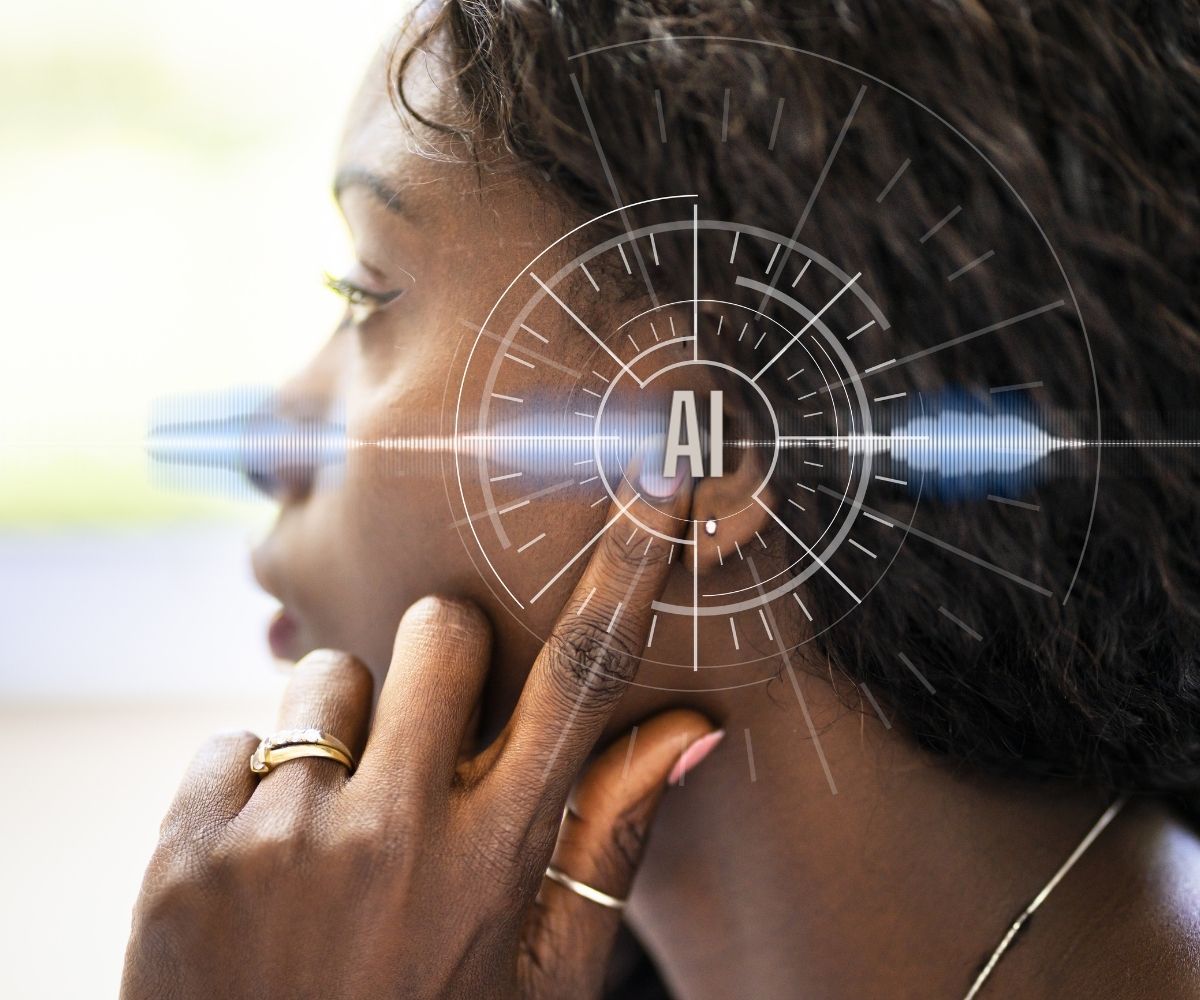Hearing loss is a prevalent and far-reaching health issue that impacts millions worldwide. While it may not always be curable, technology’s remarkable strides have brought about a transformative change. This change has revolutionized how individuals with hearing impairments navigate their lives.
These technological innovations offer the promise of an enhanced quality of life, providing newfound hope and improved experiences for those grappling with this condition.
How Hearing Loss Happens
Mild hearing loss touches the lives of an estimated 25.4 million people in the U.S., ages 12 years and older. Alongside them, approximately 10.7 million individuals in the same age group bear the weight of moderate hearing loss.
For about 1.8 million people aged 12 years and older, the burden of severe hearing loss is an integral part of their daily lives. These numbers represent not just statistics but the stories of countless individuals, each facing unique challenges on their journey with hearing loss.
Hearing loss can arise from various factors, such as exposure to loud noises, the natural aging process, underlying medical conditions, and genetic predisposition. These are common contributors to hearing impairment, affecting countless lives.
However, it’s crucial to recognize that certain medications and treatments can also impact hearing. For example, Tepezza is a medication used in managing thyroid eye disease. It has been associated with instances of hearing loss, which has led to the Tepezza hearing loss lawsuit.
TorHoerman Law notes that this legal action serves as a poignant reminder of the imperative role that pharmaceutical companies play. They are tasked with rigorously assessing potential side effects and providing comprehensive information to users, ultimately underlining their commitment to patient well-being.
In this article, we’ll explore how technology is reshaping hearing loss, offering hope and a better quality of life to those with hearing impairments. We’ll explore how technological evolution is harmonizing the world for individuals living with hearing loss, allowing them to rediscover the joy of sound.
Smart Hearing Aids
Conventional hearing aids have undergone a remarkable transformation from their once bulky and conspicuous designs. Thanks to the strides in digital technology, modern hearing aids have become smaller, sleeker, and more inconspicuous.
What sets these contemporary devices apart is their intelligence and adaptability, driven by Artificial Intelligence (AI) and machine learning. They offer a highly personalized listening experience by employing AI algorithms that analyze the surrounding environment and incoming sounds.
These advanced hearing aids have the capability to identify specific individuals and sounds. They can then make automatic adjustments to the audio based on the user’s unique hearing loss profile and their preferred settings. This intelligence extends to recognizing familiar voices, reducing the user’s need for manual adjustments, and creating a more seamless hearing experience.
Cochlear Implants
Cochlear implants represent a remarkable technological leap forward for individuals grappling with severe to profound hearing loss. These cutting-edge devices consist of two crucial components. The first is an external component responsible for capturing sound and converting it into electrical signals. The second is an internal component designed to stimulate the auditory nerve.
Over the years, cochlear implants have undergone significant advancements, resulting in a more natural hearing experience and improved speech recognition for users. Research has consistently revealed substantial improvements in various aspects, including speech perception, speech production, and reading achievement.
Notably, adult patients have experienced remarkable increases in speech perception scores. In just 12 months of rehabilitation, their scores have leaped from 21.3% to an impressive 73.4%.
Furthermore, ongoing studies are exploring the potential of combining cochlear implants with emerging technologies. This includes innovations like brain-computer interfaces, aiming to further enhance sound perception, promising a future filled with groundbreaking developments in the field.
Assistive Listening Devices
Assistive listening devices have made significant strides in helping individuals with hearing loss stay connected. These devices include personal sound amplifiers, FM systems, and loop systems that improve sound clarity in various settings, such as classrooms and theaters. They work in conjunction with hearing aids and cochlear implants, providing users with better access to sound in challenging listening situations.
Mobile Apps and Accessibility Features
The proliferation of mobile apps and digital platforms has opened up new possibilities for individuals with hearing impairments. Various apps, like “Live Transcribe” and “Sound Amplifier” for Android, offer real-time speech-to-text and sound enhancement capabilities.
Additionally, smartphones now offer accessibility features such as closed captions, TTY (text telephone), and voice recognition, improving communication for those with hearing loss.
Telehealth and Remote Programming
Technology has ushered in a revolution in how individuals with hearing loss access healthcare. The prevalence of telehealth services has grown significantly, facilitating remote consultations with audiologists and hearing healthcare professionals. A noteworthy statistic from 2022 revealed that 52 percent of surveyed American adults utilized telemedicine, engaging in live video calls with their healthcare providers.
Additionally, remote programming of hearing aids and cochlear implants has empowered users to make adjustments to their devices without the necessity of in-person appointments. This has not only enhanced convenience but also vastly improved accessibility for those in need of audiological support.
Conclusion
The digital age has ushered in a new era of hope and empowerment for individuals with hearing loss. The evolution of technology has transformed sound perception, enhancing quality, accessibility, and communication for those with hearing impairments.
As technology continues to advance, it promises further improvements in the lives of individuals living with hearing loss. This progress is gradually making the world a more inclusive and connected place for all.


